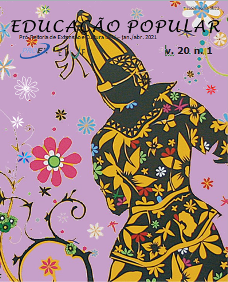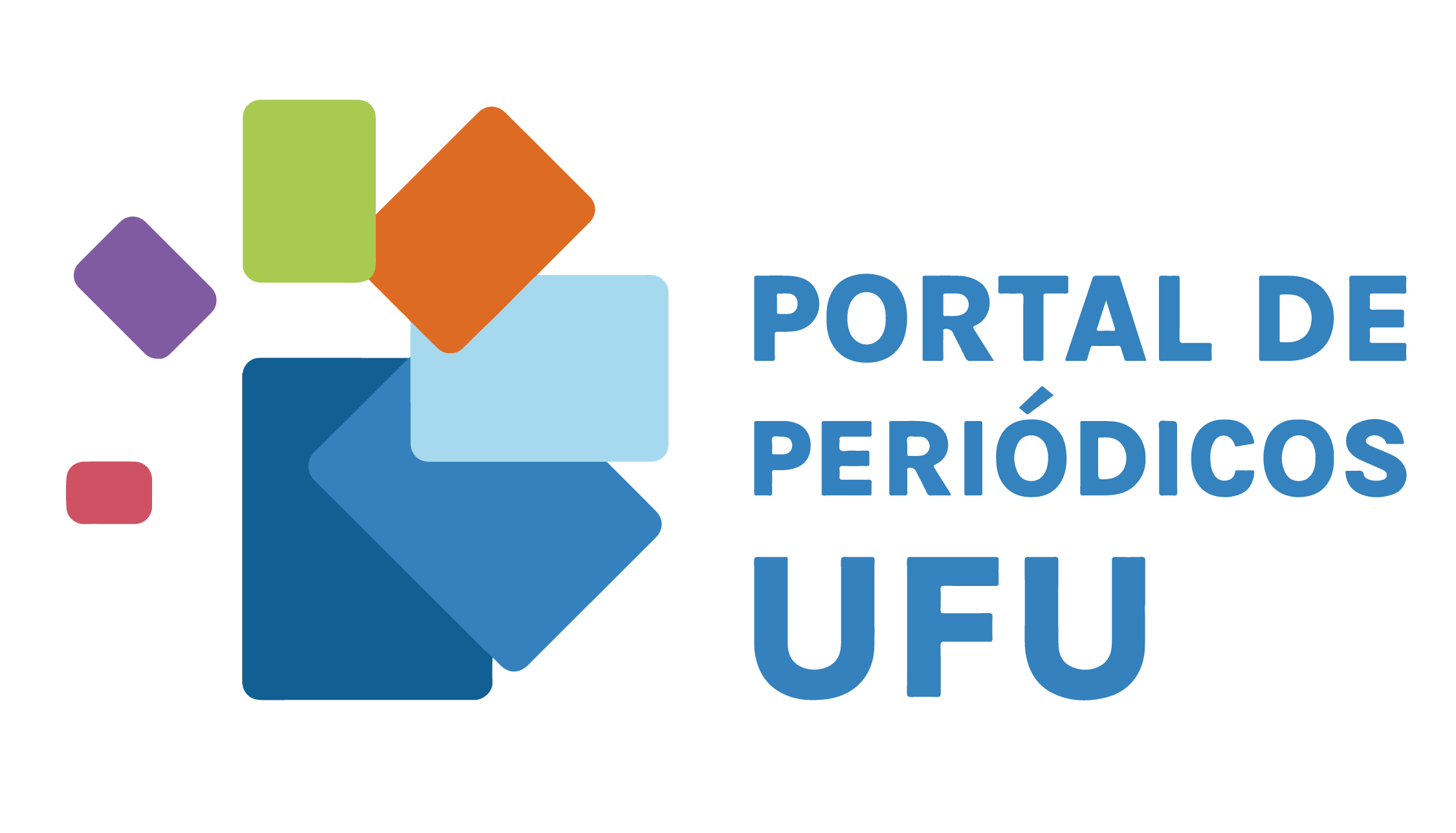The Production of cassava starch in the Tatu Community
between modernization and tradition
DOI:
https://doi.org/10.14393/REP-2021-54082Keywords:
Production of cassava starch, Modernization, Community, Tradicional life ties, Countryside educationAbstract
The production of cassava starch is the main source of income for the residents of the Tatu Community, located in the municipality of Rio Pardo de Minas, in the northern region of the state of Minas Gerais, Brazil. The work in the gum tents has been passed on from generation to generation, but there have been changes due to the modernization of agriculture. The present work tried to discuss how mechanization / modernization in the production of starch interferes in the traditional life bonds of the Tatu community. It is a qualitative research that used as source of information the speeches of two residents of the community, obtained through semi-structured interviews, as well as information from the experiences of the main author-researcher. It is noted that with the arrival of modernization, accompanied by mechanization, the weakening or even the loss of some traditional bonds such as the exchange of services. At the same time, the work in the production of starch still is artisan/familiar, there are exchanges of seedlings and farmers understand that the community is built from the help of others.
Downloads
References
ALBORNOZ, S. O que é trabalho? São Paulo: Brasiliense, 2002.
ALENTEJANO, P. Modernização da agricultura. In: CALDART, R. et al. Dicionário da Educação do Campo. Rio de Janeiro. São Paulo: Escola Politécnica de Saúde Joaquim Venâncio, Expressão Popular, 2012. p. 479-483.
BRANDÃO, C. R. O trabalho como festa: algumas imagens e palavras sobre o trabalho camponês acompanhado de canto e festa. In: GODOI, E. P.; MENEZES, M. A.; MARIN, R. A. (org.). Diversidade do campesinato: expressões e categorias: construções identitárias e sociabilidades. São Paulo: Editora da UNESP, 2009. p. 39-53.
BRANDÃO, C. R. A comunidade tradicional. In: COSTA, J. B. A; OLIVEIRA, C. L. (org.). Cerrados, gerais, sertão: comunidades tradicionais nos sertões roseanos. São Paulo: Intermeios, 2012. p. 367-380.
DIAS, D. A. Cultivo da mandioca e produção de goma na agricultura familiar de Monte Alegre - Rio Pardo de Minas - Minas Gerais: técnica e tecnologia em foco. 2016. 73 f. Trabalho de Conclusão de Curso (Monografia) – Faculdade de Educação, Universidade Federal de Minas Gerais, Belo Horizonte, 2016.
ESMERALDO, G. G. S. L. Ação da teoria e prática no Programa Residência Agrária/UFC: produzindo saber e poder de caráter emancipatório. In: ROCHA, M. I. A; MARTINS, M. F. A; MARTINS, A. A. (org.). Territórios educativos na educação do campo: escola, comunidade e movimentos sociais. Belo Horizonte: Editora Gutenberg, 2012. p. 211-224.
IBGE. Instituto Brasileiro de Geografia e Estatística. Cidades: Rio Pardo de Minas (MG). Disponível em: https://cidades.ibge.gov.br/brasil/mg/rio-pardo-de-minas/panorama. Acesso em: 20 abr. 2020.
MATTOS, P. L. P.; FARIAS, A. R. N.; FERREIRA FILHO, J. R. (ed.). Mandioca: o produtor pergunta, a Embrapa responde. Brasília-DF: Empresa Brasileira de Pesquisa Agropecuária, 2006. (Coleção 500 perguntas, 500 respostas).
PORTO-GONÇALVES, C. W. Descolonizar o pensamento, condição para sustentabilidade: diálogo com Carlos Walter Porto-Gonçalves (entrevista). Sustentabilidade em Debate, Brasília, v. 5, n. 3, p. 159-168, set./dez. 2014. Disponível em: https://periodicos.unb.br/index.php/sust/article/view/15658. Acesso em: 16 fev. 2020. Doi: 10.18472/SustDeb.v5n3.2014.12713.
TEIXEIRA, J. C. Modernização da agricultura no Brasil: impactos econômicos, sociais e ambientais. Revista Eletrônica da Associação dos Geógrafos Brasileiros, Três Lagoas (MS), v. 2, n. 2, set. 2005. Disponível em: https://periodicos.ufms.br/index.php/RevAGB/article/view/1339. Acesso em 19 jan. 2020.
VENDRAMINI, R. C. Educação e trabalho: reflexões em torno dos movimentos sociais do campo. Cad. Cedes, Campinas, v. 27, n. 72, p. 121-135, maio/ago. 2007. Disponível em: https://www.scielo.br/pdf/ccedes/v27n72/a02v2772. Acesso em: 10 fev. 2020.
YIN, R. K. Pesquisa qualitativa: do início ao fim. Porto Alegre: Bookman, 2016.
Downloads
Published
How to Cite
Issue
Section
License
Autores que publicam nesta revista concordam em manter os direitos autorais e conceder à revista o direito de primeira publicação, com o trabalho simultaneamente licenciado sob a Licença Creative Commons Atribuição-NãoComercial-SemDerivações 4.0 Internacional.





